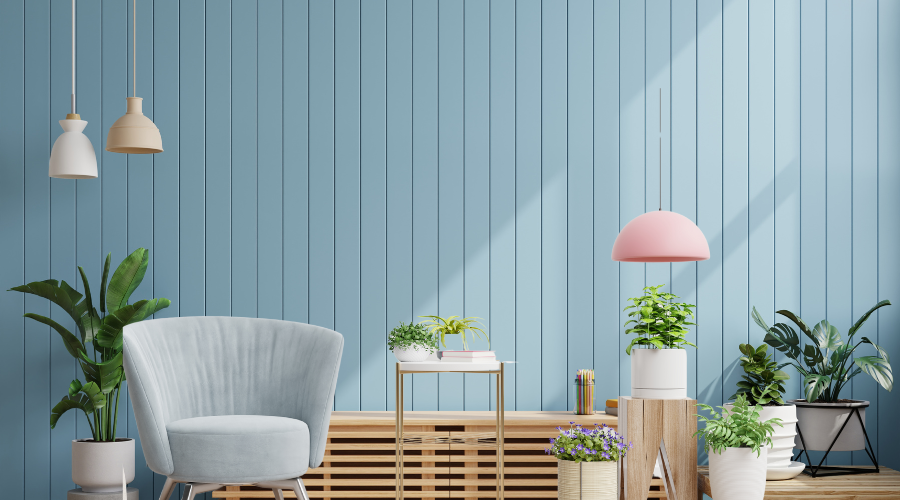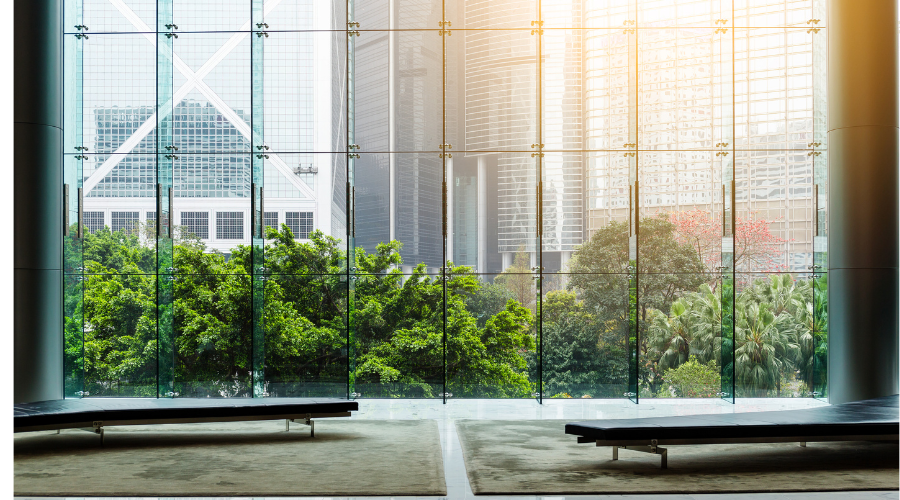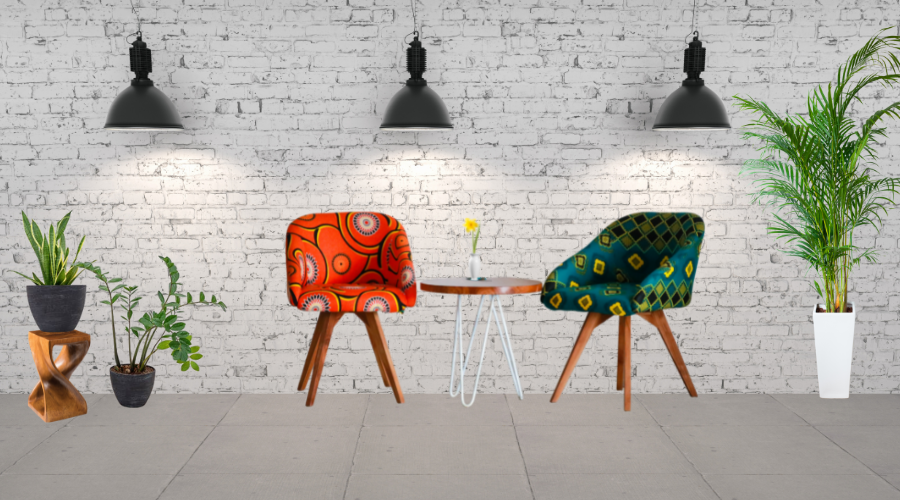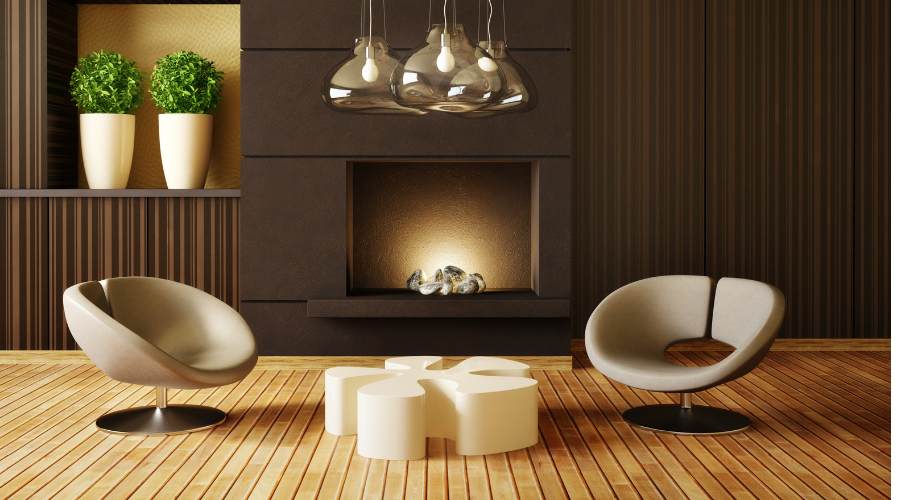
Feb 13,2023
ACb materials are gaining public appreciation day by day in the construction sector; because of their variety and modern, sleek appearance, many designers want to use them in their creations. ACBs have several advantages over other cladding materials, such as traditional metal, stone, and glass.
Aluminum-plastic composite panel has a higher elastic limit, is less likely to bend, and maintains good uniformity in their natural state for a long time without the exertion of excessive external force. The aluminum composite panel is produced of aluminum and light-density plastic core material, that's why it weighs less than other metals; ACB has the same rigidity and thickness as those materials but is lightweight.
One of the main advantages of ACB over other cladding materials is their durability. The two thin aluminum sheets protect the core material from external elements such as rain, wind, and sunlight, ensuring long-lasting performance. Without getting damaged, ACBs can withstand harsh weather conditions, such as heavy rains and strong winds. They are fire-resistant and do not release toxic gases when exposed to flames.
ACBs are also easy to install compared to other cladding materials. They are comfortably transported and can be cut to size easily, making them suitable for a wide range of applications. ACBs are installed using a variety of techniques, such as riveting, screwing, or bonding. They are easy to remove and replace if necessary.
ACBs are available in a wide range of colors, textures, and finishes, making them a popular choice for architects and designers. They are customized to match the design of the building and can be used to create a contemporary and smoothlook. ACBs are popular for creating 3D designs and other aesthetic elements, making them versatile cladding materials.
ACBs help improves the energy efficiency of buildings. They are an insulation material to reduce heat loss and saves energy. ACBs are also coated with a reflective material to reflect sunlight, reduce heat absorption, and reduce the cooling load on the building's air conditioning system. This will help lower energy bills and reduce the building's carbon emissions by curbing fuel use.
ACBs are the most effective solution as compared to other cladding materials. They are affordable and easy to install, reducing labor costs. They necessitate low maintenance and need minimal upkeep, saving on maintenance costs in the long run. ACBs are also long-lasting and do not require frequent replacement, which results further in reducing costs. Traditional metal cladding is heavy and requires specialized tools and equipment for installation.
Aluminum composite boards (ACBs) are a popular cladding material in the construction industry due to their numerous benefits. Let us have a comparison of ACBs with other traditional cladding materials.
Traditional metal cladding, such as steel, has been used for many years in the construction industry.
 However, it yields some disadvantages when compared to ACBs. Traditional metal cladding is heavy and requires specialized tools andequipment for installation, which results in increased installation costs and labor time. Metal cladding is also prone to corrosion and rust, leading to structural damage and reduced building lifespan. On the other hand, ACBs are lightweight, easy to install, and resistant to corrosion and rust. They also offer a wide range of finishes, colors, and textures, making them more versatile and ideal in design.
However, it yields some disadvantages when compared to ACBs. Traditional metal cladding is heavy and requires specialized tools andequipment for installation, which results in increased installation costs and labor time. Metal cladding is also prone to corrosion and rust, leading to structural damage and reduced building lifespan. On the other hand, ACBs are lightweight, easy to install, and resistant to corrosion and rust. They also offer a wide range of finishes, colors, and textures, making them more versatile and ideal in design.
Glass cladding has been used in modern buildings for many years due to its ability to provide natural light and a modern look.
 However, glass cladding has some disadvantages, such as being fragile and prone to breakage. Glass cladding is also expensive and requires specialized equipment and skills for installation, that why architects now prefer to use good-quality acrylic sheets or aluminum composite boards. . Glass cladding offers limited options for insulation and results in energy inefficiency in buildings. ACBs, on the other hand, are flexible and easier to install. They offer better insulation options and are more affordable, making them a more cost-effective option.
However, glass cladding has some disadvantages, such as being fragile and prone to breakage. Glass cladding is also expensive and requires specialized equipment and skills for installation, that why architects now prefer to use good-quality acrylic sheets or aluminum composite boards. . Glass cladding offers limited options for insulation and results in energy inefficiency in buildings. ACBs, on the other hand, are flexible and easier to install. They offer better insulation options and are more affordable, making them a more cost-effective option.
Aluminum composite board (ACB) has several advantages, ccompared to brick wall cladding.
 It is lightweight, which reduces the structural load on the building and makes it easier to install. ACB is also durable, weather-resistant, and does not corrode, unlike brick cladding which deteriorates over time. They offer design flexibility as it can be made in a range of colors, finishes, and textures. It is cost-effective, requiring less labor and materials to install, and needs minimal maintenance, whereas brick cladding requires periodic repointing and cleaning.
It is lightweight, which reduces the structural load on the building and makes it easier to install. ACB is also durable, weather-resistant, and does not corrode, unlike brick cladding which deteriorates over time. They offer design flexibility as it can be made in a range of colors, finishes, and textures. It is cost-effective, requiring less labor and materials to install, and needs minimal maintenance, whereas brick cladding requires periodic repointing and cleaning.
When compared to wood wall cladding, Aluminum composite board (ACB) has numerous benefits.
 ACB is more durable, weather-resistant, and does not rot, crack, or warp, whereas wood cladding deteriorateds over time due to exposure to moisture and pests. ACB is fire-resistant, making it a safer option for buildings where fire safety is a concern. It facilitates design flexibility due to a wide range of colors, finishes, and textures. ACB is more cost-effective, requiring less maintenance and being less vulnerable to damage from the elements. ACB is a more sustainable option as it is made from recyclable materials, while wood cladding requires cutting down trees.
ACB is more durable, weather-resistant, and does not rot, crack, or warp, whereas wood cladding deteriorateds over time due to exposure to moisture and pests. ACB is fire-resistant, making it a safer option for buildings where fire safety is a concern. It facilitates design flexibility due to a wide range of colors, finishes, and textures. ACB is more cost-effective, requiring less maintenance and being less vulnerable to damage from the elements. ACB is a more sustainable option as it is made from recyclable materials, while wood cladding requires cutting down trees.